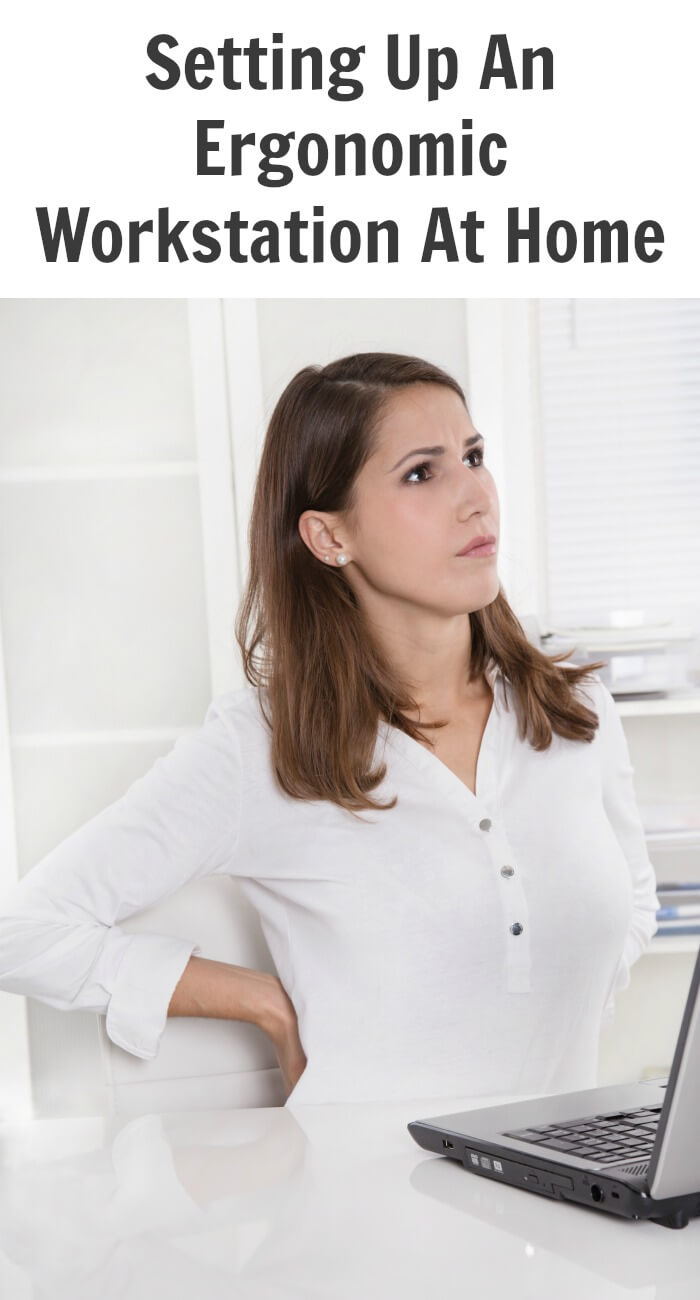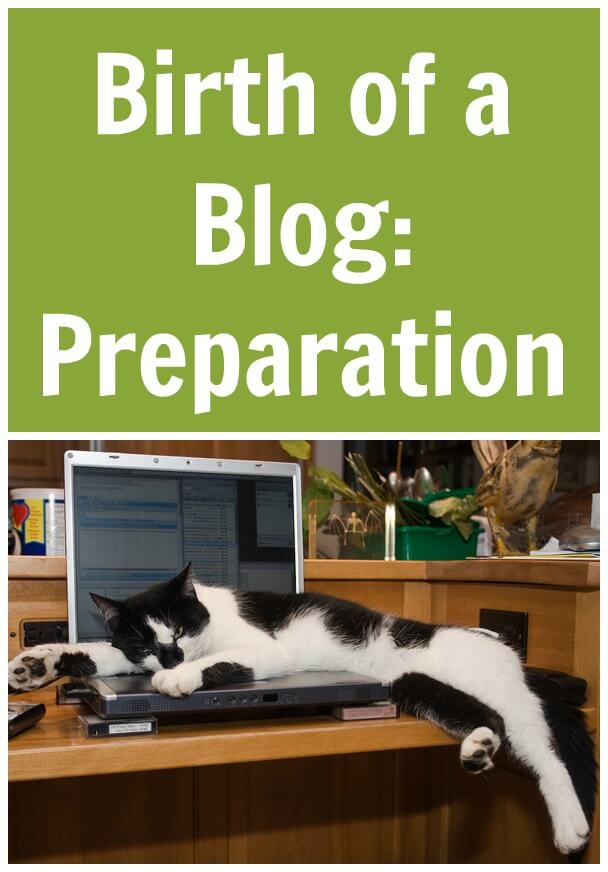Someone recently told me that sitting is the new smoking. New research shows a strong link between too much sedentary time and disability later in life.
That’s scary.
I don’t have to check my Fitbit to tell how much sitting and how little walking I’m doing in the run of a day!
As a work-at-home-mom (WAHM), I sit a lot at home. Workspaces are often make-shift. Other WAHMs say that they work on the bed, on the couch, at the table – wherever they can find a space.
This is ok, but just not for long periods of time.
When I first started working, I suffered from extreme pain up the left side of my neck and along the base of my skull and I got a lot of headaches. Massage therapy helped, but the pain always came back. It was then suggested that I look at my workstation and habits.
I posted this picture of my workplace (at the dining room table working on my laptop) on Facebook. I have a lot of friends who are physiotherapists, occupational therapists and kinesiologists who wrote in with advice.
“No wonder!” was the most common response. Hunched shoulders, head tilting down to look at the screen and posture out of alignment. I was heading for some serious permanent damage.
Based on advice received, we bought a permanent desk for me with a proper office chair. We bought an external keyboard and monitor, which we elevated on a wooden stand.
I still wasn’t sure if I was “working properly,” so I called over an occupational therapist friend to come over and do a workplace assessment for me.
Table of Contents
Setting Up An Ergonomic Workstation At Home
I learned so many fascinating things, but here are some of the workplace ergonomic highlights:
Neck
Keep your neck in a neutral position, looking straight ahead. Your focal point on your monitor should be on the top third of your screen.
Arms
Your elbows should be bent at a 90 degrees angle at your side while using your keyboard and mouse. Not too high, not too low, but just right. Lower or raise your chair or adjust your work surface height to make it the proper angle. Your arms should not be extended forward to reach your work tools and surface, so move your tools closer to you on the work surface to avoid unnecessary sustained or repetitive reaching.
Your elbows should be bent at a 90 degrees angle at your side while using your keyboard and mouse. Not too high, not too low, but just right. Lower or raise your chair or adjust your work surface height to make it the proper angle. Your arms should not be extended forward to reach your work tools and surface, so move your tools closer to you on the work surface to avoid unnecessary sustained or repetitive reaching.
Wrists
When you type, your wrists need to be in a neutral position (not flexed or extended). For me, this meant lowering the feet on my keyboard to make it flat on the desk. This allowed my wrists to be in a more neutral position, and not flexed and resting on the desk surface, putting pressure on my wrists.
Back
Your natural curves of your spine should be properly supported by your chair back, allowing you to maintain a neutral alignment. Further, this will help you to avoid your shoulders rounding forward while you work.
Legs
Your hips should be flexed at about a 90-degree angle while you are seated, as well as your keens bent at 90-degrees and your feet supported on the floor or a footrest. The seat pan of your chair can tilt slightly forward (slightly more than 90-degrees) just as long as your feet are not bracing the floor. When you sit, you should be able to fit two to three fingers between the back of the knees and the front edge of the chair. This is so that the important vascular supply and innervation to the lower legs are not compromised.
Feet
Your feet should be flat on the floor. You can purchase a small incline rest for your feet, but it’s not always necessary. Better yet, wear shoes with proper support while working (not bare or sock feet). Call these your “work” or “house” shoes.
Equipment
Having proper equipment is part of the solution. Any equipment that you use two-thirds of the time should be in your immediate radius or workspace.
Chair
It was immediately recommended that I get a new office chair with some important features.
a. Arm rests that articulate (swing in and out). This way your arms will be supported at the proper angle.
b. Arm rests that are convex or flat. My current chair has rounded arms, which do not provide comfortable support (so I do not use them!)
Back Support
Make sure the chair can properly support your back and that you can work with your back against the chair (not propped on the edge like I was doing).
d. Adjustable features: Just find a chair with lots of adjustable features so you can learn how to make it fit your body!
Mouse
When you use your mouse, make sure again, that it is within easy reach and does not require you to extend your arm forward to reach and that your wrist is in a neutral position.
It’s also important to take lots of breaks-breaks to change position, rest your eyes, vary your tasks and to stretch your muscles to reduce the risk of injury.
Before making any decisions that can be costly, consider consulting an Occupational Therapist or Physiotherapist for some practical advice. The best solutions are often a combination of adjustments to your current work habits, your existing work tools, education on posture, ergonomic practices and injury prevention and equipment that fits for you.
Whether you work from home or at an office, it’s time to seriously start thinking about how you are working and how you might be doing permanent damage to your body. It only takes a few minutes to make sure your workstation is a good fit for you! You might not see effects now, but you certainly don’t want to in the future!
Now, to start setting the timer to make sure I get up from my comfy workstation to have a break!








